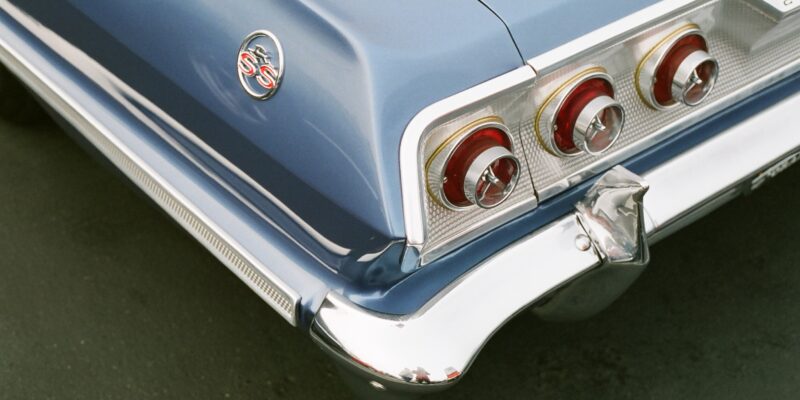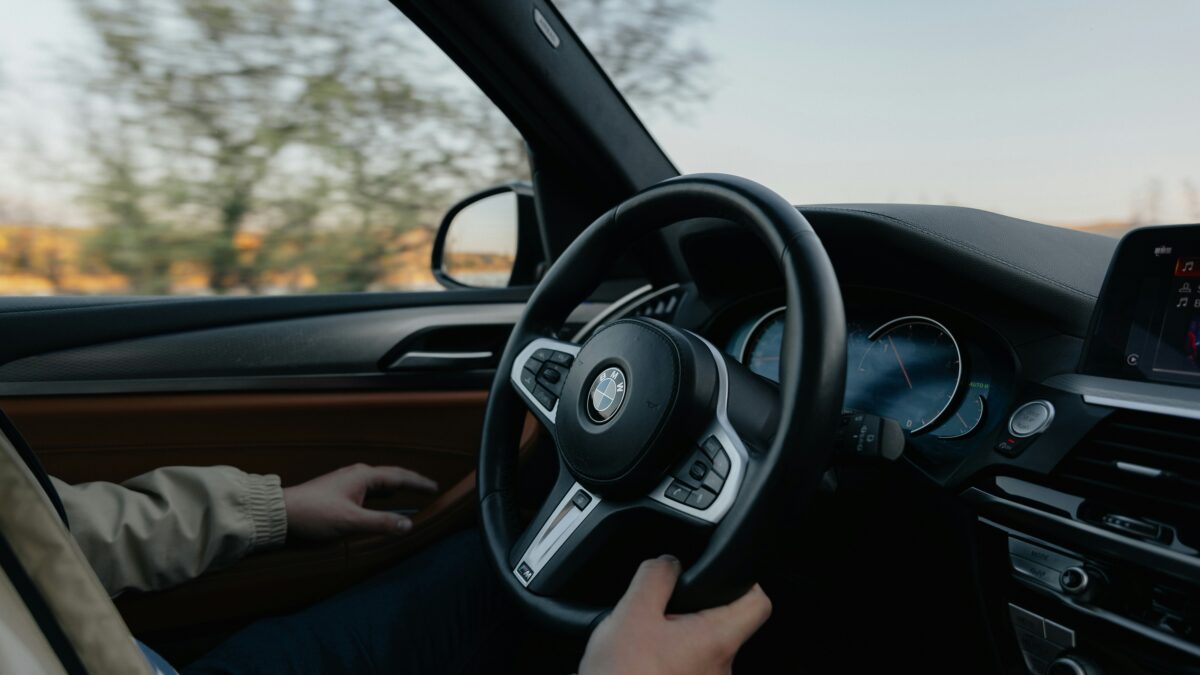What Do Bumpers Do?
While most people would assume bumpers are a prototypical feature of automotive production, it actually took years for this standard safety feature to earn its value. It wasn’t until 1915 that the emergence of front bumpers became a regular part of manufacturing. Even then, it was strictly designed for ornamental purposes, quickly becoming a stylistic element that distinguished automotive brands from one another. Over the next few decades, automakers trifled with materials, such as chrome and plastic, in addition to size and foundation, to ultimately elevate the look of popular models. Needless to say, bumpers were mostly statement-making features versus practical functions.
By 1973, however, everything changed. The first-ever bumper regulations were put into effect by the US government, forever shifting the way we view bumper utility. Slowly, brands began prioritizing safety over aesthetics. This process involved manufacturing better headlights, taillights and other quintessential features that had humble beginnings. In many ways, it’s as if bumper and headlight regulations were the ultimate push automakers needed to reevaluate vehicle production.
Today, cars are safer, more attainable, and consistently built with safety in mind thanks to the restructure of front and rear-end designs. Although bumpers underwent a series of modifications before becoming one of the most practical parts of a vehicle, there are still plenty of drivers who don’t know exactly what bumpers do. In this post, we’ll answer the most frequently asked questions regarding automotive bumpers. We’ll also dispel any unknown truths about when to replace your bumper.
How do bumpers work?
When a vehicle hits an object or car at low speeds, the bumper serves as a constructive barrier. Bumpers effectively help soften the impact, no matter the severity of a crash. At the same time, the interior foam and adjoining fenders actively absorb the rush of energy that a collision creates. Without bumpers, the aftermath of a car accident would be far more damaging with greater risk to passenger safety.
Is a car bumper necessary?
Absolutely! The majority of state laws require automobiles to have front and rear bumpers as standard safety protection. Luckily, automakers have figured out a way to seamlessly integrate bumpers into the construction of a vehicle. They aren’t as much of an eye-soar as many classic models became during the 1970s and 80s. In fact, newer makes and models are a true testament to how automotive manufacturing has perfected the art of design and safety.
Do bumpers make cars safer?
There is plenty of reason for automakers to incorporate bumpers into automotive design (and not just because the law says so). Bumpers intrinsically make cars safer. There is no if, ands, or buts to refute this claim. The inclusion of front and rear bumpers have significantly reduced the severity of both minor and major collisions over the last few decades. Along with driver assistance tech, bumpers actively help to keep passengers better protected should an accident occur.
Should you replace your bumper?
Although bumpers rise to the challenge, their physical appearance often crumbles. Bumpers are actually one of the most damaged parts of a vehicle. Therefore, it’s important to check on its condition from time to time. Consider a visit to your local mechanic. Ask the professionals to confirm that everything is intact, including the trim, molding, and interior components. In all reality, bumpers can be deceiving. A simple fender bender might leave your exterior completely unscathed. The interior, on the other hand, might be in shambles. Depending on the extent of the damage, you might have to replace your bumper entirely.
In conclusion
You might be surprised how many people Google search inquiries regarding bumpers. Whether it’s merely for curiosity or to better understand the impact of collisions, there is no denying that bumpers have improved vehicle safety over the years. Nowadays, we can just be glad they’ve evolved from a designer feature to a real protective barrier for your vehicle.
If you want to learn more on how bumpers have evolved, check out this short clip put together by CNET:
We want to hear from you! Be honest — Did you know bumpers started off as a decorative feature?















